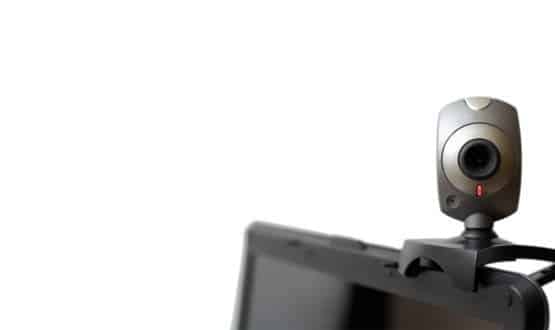High road, remote care
- 14 January 2013

When Scotland’s telehealth and telecare strategy was due for renewal last year, the Scottish Government asked instead for a delivery plan.
Since then, NHS 24 and the Scottish Centre for Telehealth and Telecare have been putting into practice a wide-ranging plan to deliver appropriate services remotely on a variety of channels.
NHS 24 medical director Professor George Crooks believes that the delivery of home-based technologies is what will make the health service sustainable for the future, by freeing up capacity to cope with increasing demand.
He wants to make sure that everybody has equal access to health services wherever they live, that these services do not unduly disrupt their lives, and that they enable people to take care of their own health where appropriate.
He tells eHealth Insider the strategy is already improving access to care for many people, such as those living in remote areas of the Highlands and Islands who now have access to a consultant neurologist via video conferencing.
Teleneurology leads the way
Cathy Dorrian, the service development manager for the SCTT, says neurology was the first service to benefit from use of video conferencing in 2005.
A teleneurology service is now in ten sites across the Highlands and Islands, the most recent being Dumfries and Galloway.
Clinicians in major hospitals use the service for appointments with patients in remote areas living with conditions such as multiple sclerosis and motor neuron disease.
These patients often find it difficult to travel. Offering a service closer to home has huge benefits for attendance rates and saves on travel costs for patients and staff.
“Patients like having local care because travelling is so difficult. It can be the difference between patients getting their care or ‘do not attends’ that waste the clinician’s time and the patient’s time,” Dorrian explains.
Some patients now have all their appointments via video link. “Teleneurology is one of the biggest successes of using video conferencing,” Dorrian adds.
Once the kit was installed, other specialties started asking to use it; and the remote care project has grown from there. For example, Dorrian introduced a remote dementia service to a care home in Ballachulish a year ago.
Video links to care homes
The home’s distance from the hospital in Inverness meant patients were only seeing a consultant about once a year, even though there were no psychiatric nurses in the region who could provide support.
A literature search showed dementia care could be delivered at distance and they decided to try using a video link. Dorrian’s team installed video conferencing equipment in the care home, trained staff in how to use it and developed the relevant clinical protocols.
A senior nurse provides the service remotely and a consultant who has been to see the patients face-to-face reviews the assessments to make sure nothing has been missed.
Dorrian says the video link has saved three hospital admissions because care was delivered remotely instead. It has also led to a huge up skilling of the care home staff, who now have regular access to specialists.
No new prescriptions for anti-psychotic medication have been issued since the service began, as staff have been taught how to use behavioural plans instead.
“The dementia home staff say they know much more about dementia so they feel more confident,” she explains.
The video link is also being used to deliver palliative care meaning older people do not have to be moved out of their familiar environment to die.
Working with prisons
Another project involves video links to police cells. Police cells in rural areas do not have any health staff, but often have people in custody suffering from various conditions, including withdrawal from drugs and mental health issues.
Custody nurses in major custody suites are now linked to the remote cells where they can assess patients. Fraserburgh and Grampian are involved in the trial.
Prisoners are another group who can have difficulty accessing healthcare. Over recent months video links have gone live at HMP Edinburgh and HMP Addiewell, giving access to specialist psychiatric clinicians.
Previously, any prisoners referred to secondary care had to be cuffed and escorted in a van to the nearest hospital, so the new system saves significant time and money, Dorrian says.
Crooks adds that the impact of taking care out of hospital and into the community can be huge. A point of care testing device being used by ambulance crews in people’s homes has freed up three beds per day at the local hospital of a small health board. Across Scotland the potential savings from the service are £40m.
“What effectively we are saying is that we recognise that face-to-face care is what people really value in both health and social care, but it’s the most expensive way of delivering the service so we have to make sure that it’s available to those who need it when they need it,” he says.




